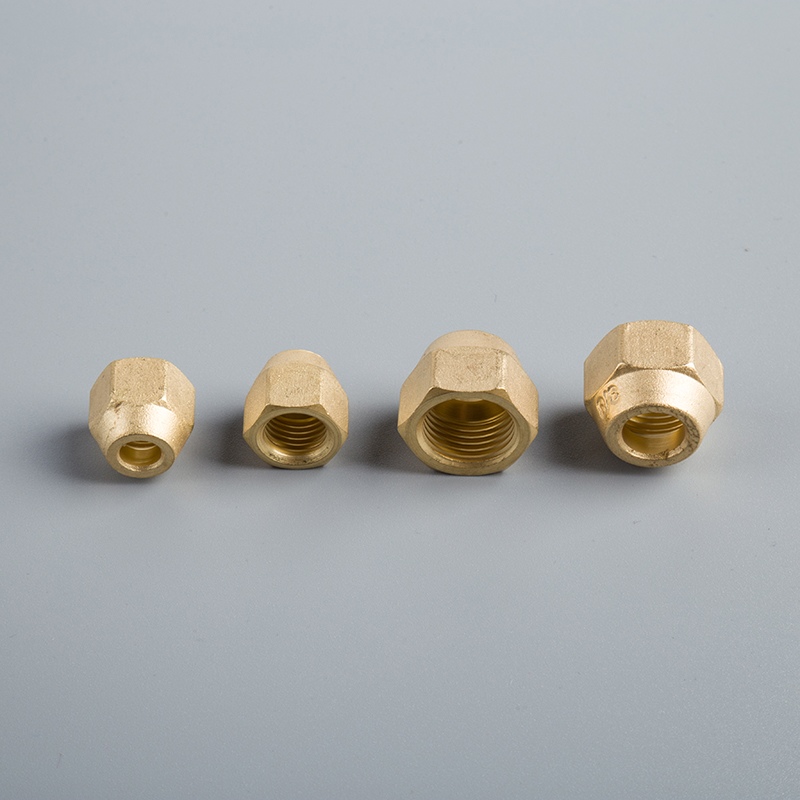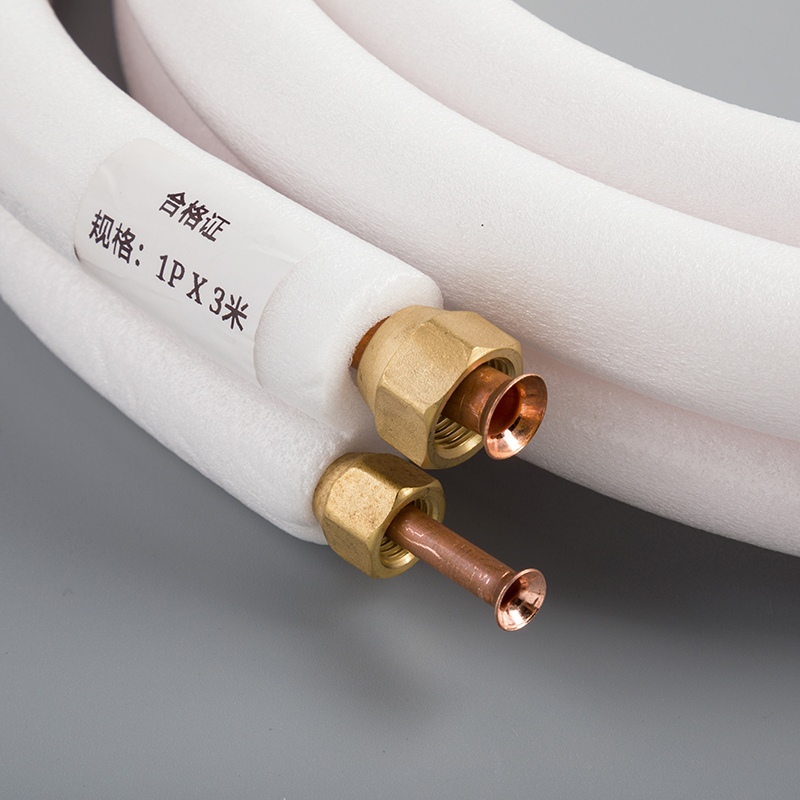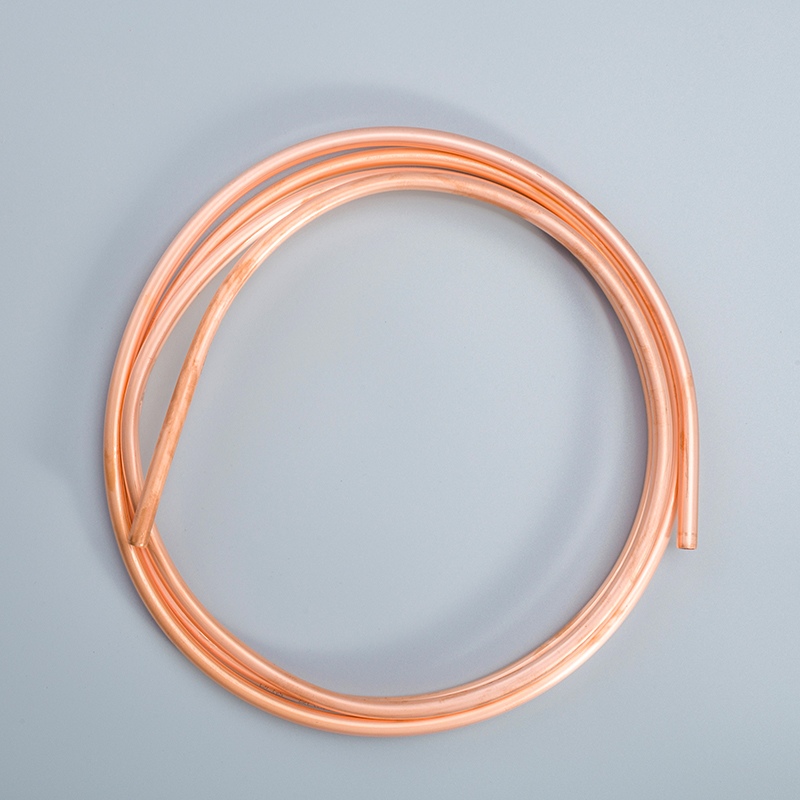Best Copper Pipes for Air Conditioning: An In-Depth Review

Write a ''Review'' blog post on ''Top Copper Pipes for Air Conditioning: Reviews and Recommendations''
Copper pipes play a crucial role in air conditioning systems, offering unparalleled reliability and longevity. Reviewing the best copper pipes for air conditioning is essential to ensure optimal performance. Throughout this comprehensive analysis, various types of copper pipes, their properties, and applications in air conditioning will be explored. The evaluation criteria include quality standards, performance metrics, and cost considerations to guide consumers towards informed choices.
Understanding Copper Pipes

Types of Copper Pipes
Type K Copper Pipes
Type K Copper Pipes are known for their thick walls, making them ideal for main water lines and underground installations. They offer superior strength and durability compared to other types.
Type L Copper Pipes
Type L Copper Pipes feature a thicker wall than Type M, providing greater strength and longevity. These pipes are commonly used in residential water lines due to their medium weight.
Type M Copper Pipes
Type M Copper Pipes are thinner than Type L and are suitable for light domestic water lines or underground installations based on local regulations. They offer good performance where a lighter option is acceptable.
Type DWV Copper Pipes
Type DWV Copper Pipes are specifically designed for drainage, waste, and vent applications. These pipes ensure efficient removal of wastewater while maintaining durability and corrosion resistance.
Properties of Copper Pipes
Durability
The durability of copper pipes makes them a reliable choice for various applications. Their ability to withstand high pressure and temperature variations ensures long-term performance.
Thermal Conductivity
With excellent thermal conductivity, copper pipes facilitate efficient heat transfer in air conditioning systems. This property helps maintain optimal cooling performance with minimal energy loss.
Corrosion Resistance
Corrosion resistance is a key feature of copper pipes, preventing rust or decay over time. This property ensures the integrity of the pipes, making them suitable for long-lasting air conditioning installations.
Applications in Air Conditioning
Residential Systems
In residential systems, copper pipes are commonly used for air conditioning refrigerant lines. Their reliability and ease of installation make them a preferred choice for homeowners seeking efficient cooling solutions.
Commercial Systems
Commercial systems benefit from the versatility of copper pipes in air conditioning setups. Whether it's large office buildings or retail spaces, these pipes provide consistent performance and durability under varying loads.
Industrial Systems
In industrial settings, where robustness is crucial, copper pipes excel in air conditioning applications. Their ability to withstand harsh conditions and maintain thermal efficiency makes them indispensable in industrial cooling systems.
Criteria for Evaluating Copper Pipes
Quality Standards
ASTM Standards
Copper pipes adhere to ASTM standards to ensure quality and performance consistency. These standards establish specifications for the composition, dimensions, and strength of copper pipes, guaranteeing reliability in air conditioning applications.
ISO Standards
In addition to ASTM standards, ISO certifications validate the quality and durability of copper pipes. ISO standards focus on international benchmarks for manufacturing processes, materials, and environmental impact, enhancing the credibility of copper pipe products.
Performance Metrics
Pressure Ratings
Pressure ratings are crucial indicators of a copper pipe's ability to withstand varying system pressures. Higher pressure ratings signify superior strength and reliability, ensuring optimal performance in air conditioning systems under different operating conditions.
Temperature Ratings
Temperature ratings determine the thermal limits of copper pipes in air conditioning environments. Understanding these ratings is essential to prevent structural deformations or failures due to extreme temperatures, ensuring long-term functionality and safety.
Cost Considerations
Initial Cost
The initial cost of copper pipes may be higher compared to alternative materials; however, their durability and longevity offset this initial investment. Choosing copper pipes based on their initial cost ensures a reliable and efficient air conditioning system in the long run.
Long-term Value
Evaluating the long-term value of copper pipes involves considering their lifespan, maintenance requirements, and energy efficiency benefits. Despite the initial investment, the long-term value of copper pipes lies in their durability, corrosion resistance, and overall performance over time.
Top Copper Pipes for Air Conditioning

Best Overall
When considering the best overall copper pipes for air conditioning, it is essential to prioritize durability and efficiency. User reviews and testimonials highlight the unmatched robustness of copper pipes in HVAC systems. These pipes excel in withstanding varying pressures and temperatures while maintaining optimal performance levels.
In residential air-conditioning systems, copper pipes are favored for their corrosion resistance and efficient heat transfer properties. They offer a reliable solution for homeowners seeking long-lasting cooling solutions with minimal maintenance requirements. Similarly, in commercial applications such as offices, malls, and hotels, copper pipes ensure consistent and efficient cooling performance.
Features:
Superior Durability
Efficient Heat Transfer
Corrosion Resistance
Pros and Cons:
Pros:
Longevity: Copper pipes have a proven track record of lasting performance.
Energy Efficiency: Facilitates optimal heat transfer, reducing energy consumption.
Low Maintenance: Requires minimal upkeep over time.
Cons:
Initial Cost: Higher upfront investment compared to other materials.
Installation Complexity: May require professional installation for optimal performance.
Weight: Copper pipes are heavier than some alternatives, necessitating proper support.
Best for Budget
For those looking for cost-effective options without compromising quality, certain copper pipes stand out as the best for budget choices in air conditioning systems. Industry studies emphasize the reliability and longevity of copper piping systems in HVAC applications due to their proven track record.
In emerging economies where technological advancements drive HVAC infrastructure growth, the demand for high-quality yet affordable copper pipes continues to rise. Manufacturers have an opportunity to cater to diverse consumer needs by offering innovative products at competitive prices.
Features:
Cost-Effective Solution
Reliable Performance
Longevity
Pros and Cons:
Pros:
Affordability: Provides a durable solution at a reasonable cost.
Reliability: Ensures consistent performance over time.
Versatility: Suitable for various air conditioning applications.
Cons:
Limited Customization Options: Standard sizes may not fit all installation requirements.
Potential Price Fluctuations: Market conditions can impact pricing unpredictably.
Compatibility Concerns: Some systems may require specific pipe specifications.
Best for High Performance
When prioritizing high-performance capabilities in air conditioning systems, selecting copper pipes known for their efficiency is crucial. The utilization of copper pipes guarantees seamless operation in HVAC systems by providing durability essential for sustained performance.
Consumer preferences are evolving towards sustainable solutions that offer energy efficiency benefits in HVAC applications like air conditioning systems over conventional alternatives like aluminum or PVC piping options.
Features:
Enhanced Thermal Conductivity
Optimal Cooling Performance
High Pressure Tolerance
Pros and Cons:
Pros:
Superior Heat Transfer: Ensures efficient cooling performance with minimal energy loss.
Durable Construction: Withstands harsh conditions while maintaining thermal efficiency.
Industry Standard Compliance: Meets quality benchmarks ensuring reliable performance.
Cons:
Initial Investment: Higher upfront cost compared to alternative materials.
Installation Expertise Required: Proper installation techniques are necessary for optimal functionality.
Limited Flexibility: May not be suitable for complex or customized installations.
In summarizing the comprehensive evaluation of copper pipes for air conditioning, it is evident that Reviewing various types, properties, and applications is crucial for informed decisions. For different needs, recommendations vary from prioritizing durability and efficiency to balancing cost-effectiveness without compromising quality. Choosing the right copper pipes ensures optimal air conditioning performance, whether in residential, commercial, or industrial settings. Make an informed choice based on your specific requirements to enjoy reliable cooling solutions with long-term benefits.
See Also
The Impact of Pure Copper Pipes on Air Conditioning
Benefits of Selecting Copper Pipes for Air Conditioning
The Importance of Pure Copper Pipes for Effective Air Conditioning
Key Factors in How Copper Pipes Transform Air Conditioning
Exploring 5 Methods Pure Copper Pipes Enhance Air Conditioning


